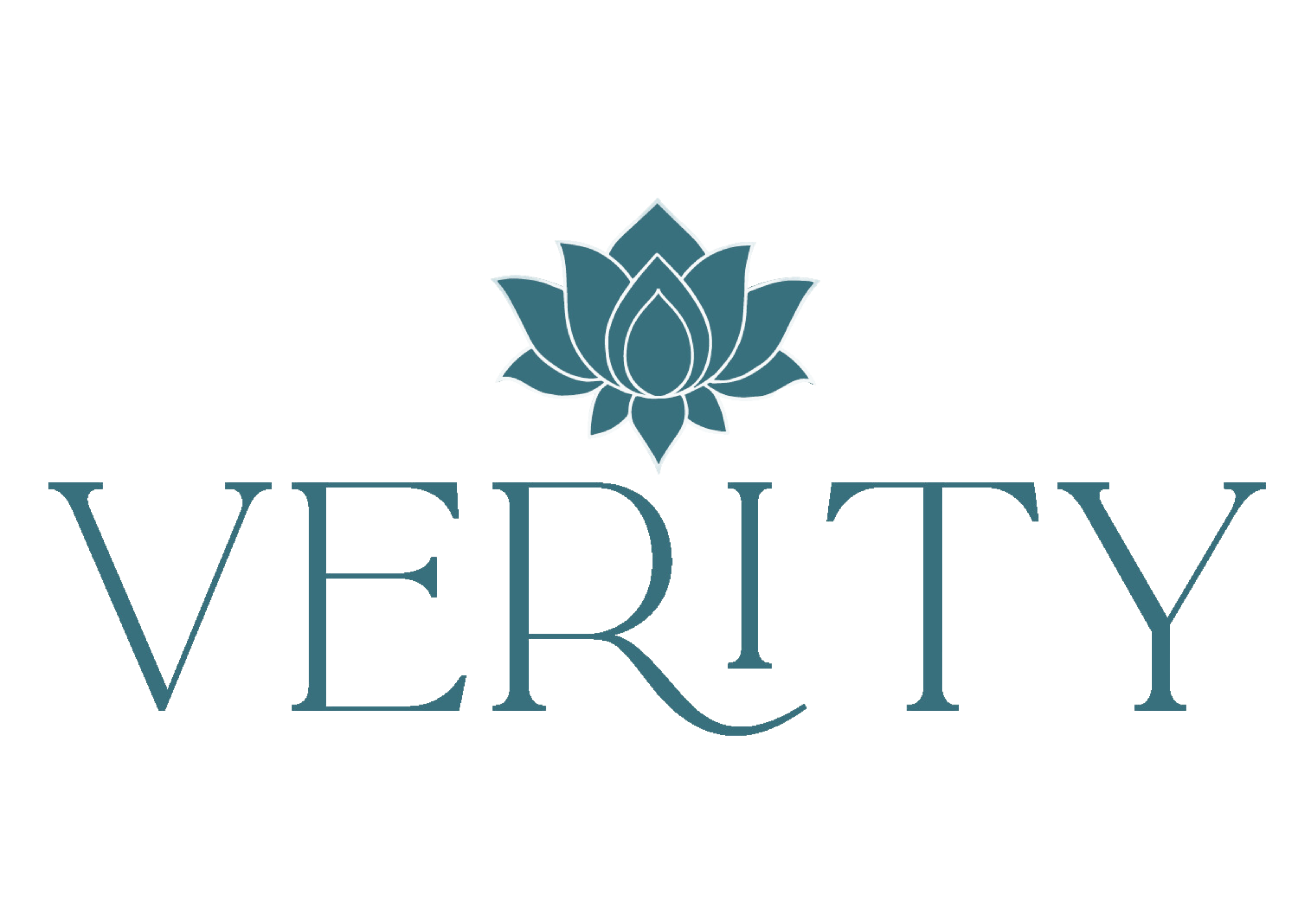The trafficking of humans has been occurring since time immemorial. The venues change, the rationales change, even the false visions of dark alleyways and seedy hotels that seem to be etched into our brains about this horrific crime against humanity change. But what doesn’t change is this truth: human trafficking exists in every country of the world, and is especially flourishing in our Sonoma County communities today. Click here to learn more about the history of human trafficking.
The definition of human trafficking is the exploitation of human beings through force, fraud or coercion for the purposes of commercial sex or forced labor. The reality of trafficking is that it is a constant occurrence in daily life throughout our community and the world.
Sonoma County experiences both labor and sex trafficking at high rates. We at Verity serve survivors of human trafficking routinely. What does trafficking in Sonoma County look like? It looks like a woman with her child on the street corners in Santa Rosa and Sebastopol saying that she needs money for food and rent; it looks like people selling fruit and flowers at specific times of year who are brought to Sonoma County daily from Stockton to sell their quota; it looks like individuals who are unsheltered and may trade sex for a bed to sleep in or when their “partner” trades them for this. When we look at the 9am to 9pm massage parlors with all curtains closed and appearing to never allow the light in, and many other dark situations that we witness daily…this is human trafficking at its most base and horrific level.
As we begin to decipher the root causes of human trafficking only then can we begin to develop effective solution based ways in which to
(a) protect those who are trafficked;
(b) identify and hold accountable the traffickers;
(c) identify and hold accountable those who feel it is their right to purchase the services of someone for sex or labor and treat them as inhuman.
In this manner our community can come together to be the leaders in closing the doors to the exploitation of people through human trafficking. Now that we know that human trafficking looks like many things and disguises – let’s discuss the causes of human trafficking, so we can better learn how to end it forever.
The primary cause for human trafficking is traffickers. Traffickers learn to prey on vulnerable populations. While the things we will discuss in this article are not a direct cause of human trafficking, these issues create vulnerabilities and opportunities for traffickers to prey on desperate people.
When we think about the causes of human trafficking, they often get pigeon-holed into a single category; usually “women’s issues” or “immigration issues.” But the truth is, human trafficking is a complex and intersectional problem that cannot be adequately addressed without taking into account the various overlapping oppressions that contribute to it.
For example, human trafficking disproportionately affects women, immigrants, foster youth, people of color, LGBTQIA+ folks, and other marginalized groups. This is because these groups are more likely to experience things like poverty, sexism, racism, homophobia, and transphobia. And when someone experiences multiple forms of oppression (intersecting forms as coined by Kimberlé Crenshaw in 1989), it becomes that much easier for someone to take advantage of them. This is why we need to take an intersectional approach to human trafficking: only by addressing the various oppressions that contribute to it will we be able to effectively end it.
Intersectionality is simply about how certain aspects of who you are will increase your access to the good things or your exposure to the bad things in life. – Kimberlé Crenshaw
While the link between human trafficking and the housing market may seem surprising, it makes sense when you consider the context. Many people who are forced into survival sex or other forms of labor are already struggling to make ends meet. When rent prices go up, they may see survival sex as their only way to pay the bills. In addition, landlords and property owners may be more likely to turn a blind eye to illegal activity if it means they can charge higher rents. Landlords also might become traffickers themselves by trading sexual acts from tenets for rent, a common form of survival sex.
It is important to note: if someone is being trafficked – the individual being sold or labor trafficked is not the one participating in illegal activity. The criminals are the trafficker and the purchaser alone. This fact is critical to acknowledge so that the person being trafficked does not continue to feel the oppression of the justice system because they are being victimized. Verity has worked hard in our county to change this dynamic so that those who are trafficked are not seen as criminals.
From public housing systems like shelters and government housing, to private housing in apartment complexes, housing systems of all types frequently intersect with human trafficking victims and perpetrators. -Polaris Project
We also want to remind you that at Verity, resources are available in English and Spanish. For more information or to schedule a presentation to learn more, please email [email protected]. Our Prevention Education Department offers a variety of presentations aimed at increasing awareness of sexual assault, sexual harassment, and child abuse prevention and intervention strategies. These presentations are tailored to each individual group and age range.
We at Verity know it can be difficult to reach out for help when you’re dealing with trauma, but it’s important to know that you’re not alone. Verity offers a 24/7 line for immediate support. Our trained and state certified crisis line counselors are here to support you. Verity can provide confidential and non-judgmental counseling services. We can also connect you with resources and supportive services and resources in your area.
As Audre Lorde reminds us, every person’s story is different, and “there is no such thing as single-issue struggle.” That means that when we work with a survivor of human trafficking, we must consider how all facets of their identity interact. We must acknowledge that each person’s story and needs are unique. By taking into account the individual experiences and needs of every survivor, we can provide them with the best possible support. That is the mission of Verity – to provide holistic care and support for survivors, so they can rebuild their lives and break the cycle of abuse and exploitation.
According to Polaris Project, to minimize and eliminate trafficking, “we need to work together as a community to increase supports and services for vulnerable people and change conditions – like homelessness, family violence, poverty and discrimination – that make people vulnerable to the lure of traffickers.”
There is no such thing as a single-issue struggle because we do not live single-issue lives.
If you are a survivor of human trafficking looking for resources in Sonoma County, call Verity’s Crisis Line at (707) 545-7273.
If you believe you may have information about a trafficking situation:
Call the National Human Trafficking Hotline toll-free hotline at 1-888-373-7888: Anti-Trafficking Hotline Advocates are available 24/7 to take reports of potential human trafficking.
Text the National Human Trafficking Hotline at 233733. Message and data rates may apply.
Chat the National Human Trafficking Hotline via www.humantraffickinghotline.org/chat


Recent Comments